

In 2020, the approach of Exciton Science to research communication in the media was transformed, delivering significant positive impact and enabling substantive progress to be made toward achieving the Centre’s strategic goals in this area.
To enable these advances to occur, clear and consistent internal messaging about the importance of communicating research to the media and the public was delivered by the Centre’s Executive Committee and Chief Investigators.
An enthusiastic response from members enabled a rich variety of stories to be told, showcasing innovation, cross-node collaboration and bringing the high-impact research regularly published by the Centre to new and diverse audiences.
Through a process of structured dialogue between researchers and the Centre’s Media and Communications Officer, 15 separate research papers were translated into engaging narratives using accessible language, and distributed through established science media distribution channels, Eurekalert! and Science Media Exchange, via AAP Medianet, as well as in direct correspondence with individually targeted outlets.
Supported by the Centre’s digital and social media channels, this approach resulted in at least 297 stories featuring Exciton Science being published around the world in 2020, a year-on-year coverage increase of 2,184%.
Media Stories
% Increase in Media Stories in 2020
(year-on-year)
The Centre was regularly featured in renewable energy-focused outlets such as Renew Economy, PV Magazine, PV Buzz and Energy Magazine, as well as specialist trade publications, including Compound Semiconductor, Laser Focus World and Optics.org. This ensured news of our results reached members of the research community as well as relevant representatives of industry.
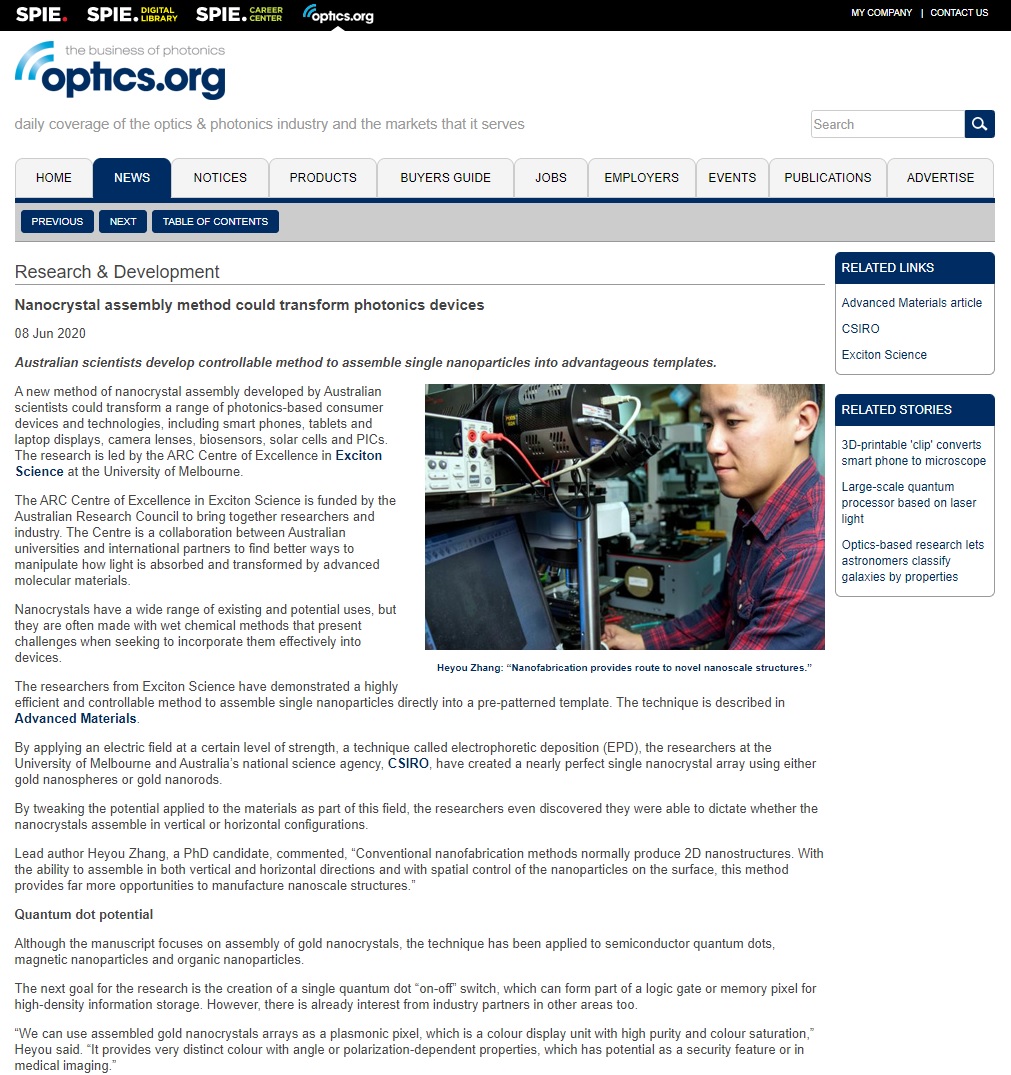
We were featured in major international newspapers and by significant global media agencies, including the Independent and the Daily Mail, as well as Yahoo News, Agencia EFE, CNews and Euronews, bringing our research to the attention of large audiences around the world in multiple different languages.
Exciton Science researchers were also called on to provide expert analysis of related research within their field by the Australian Broadcasting Corporation (ABC).


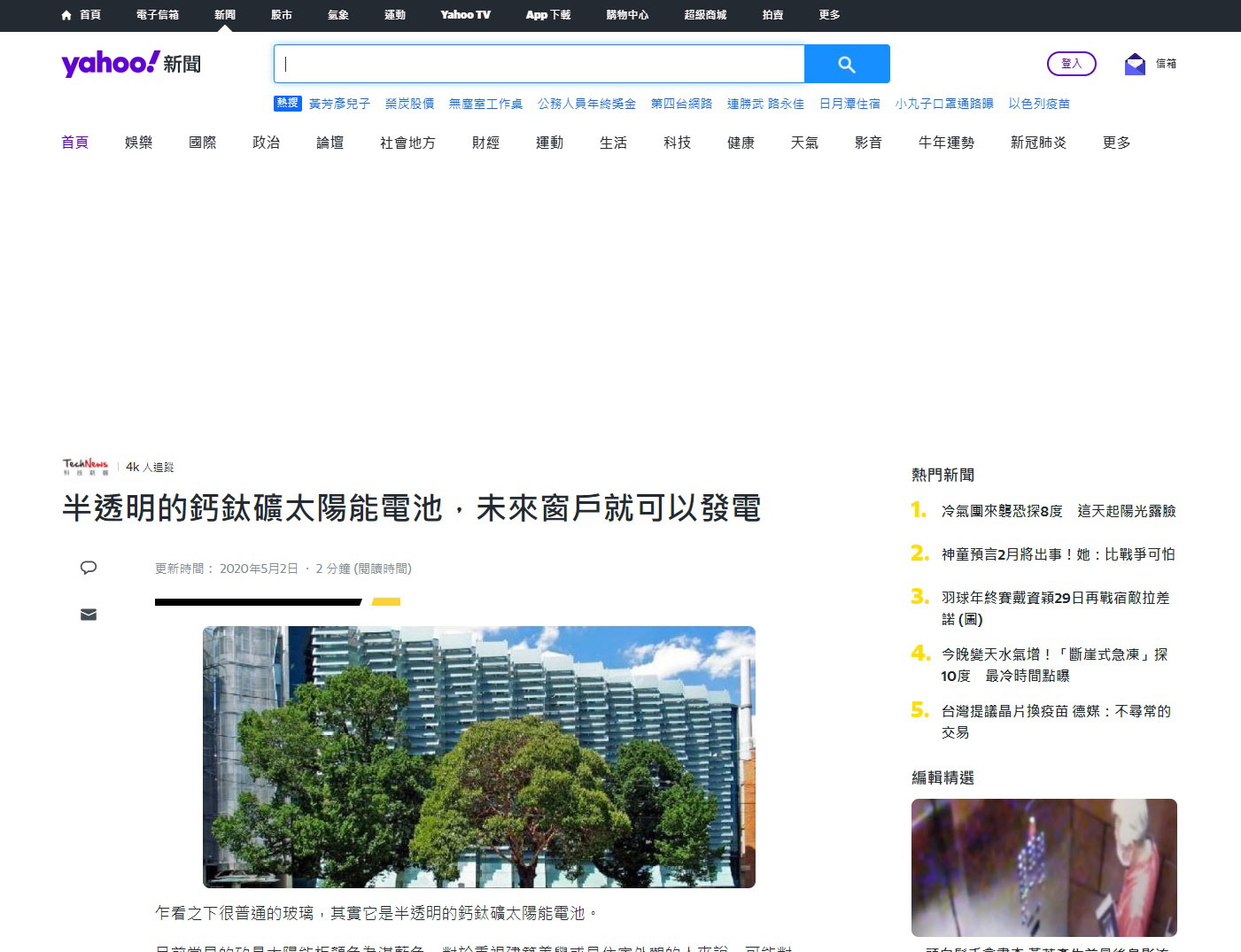
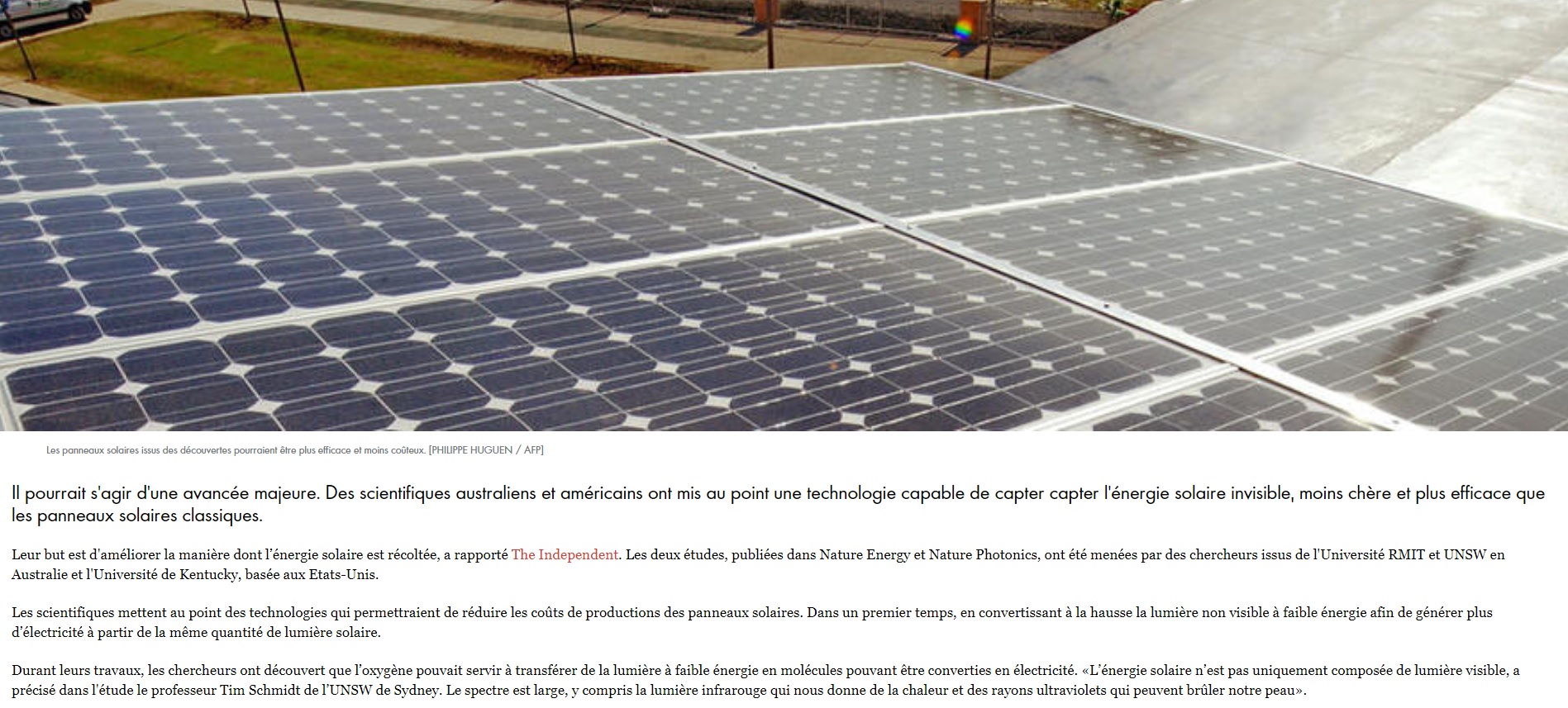
Widespread coverage was achieved in well regarded science and engineering publications, including Cosmos magazine, Physorg.com, Popular Mechanics and The Engineer.
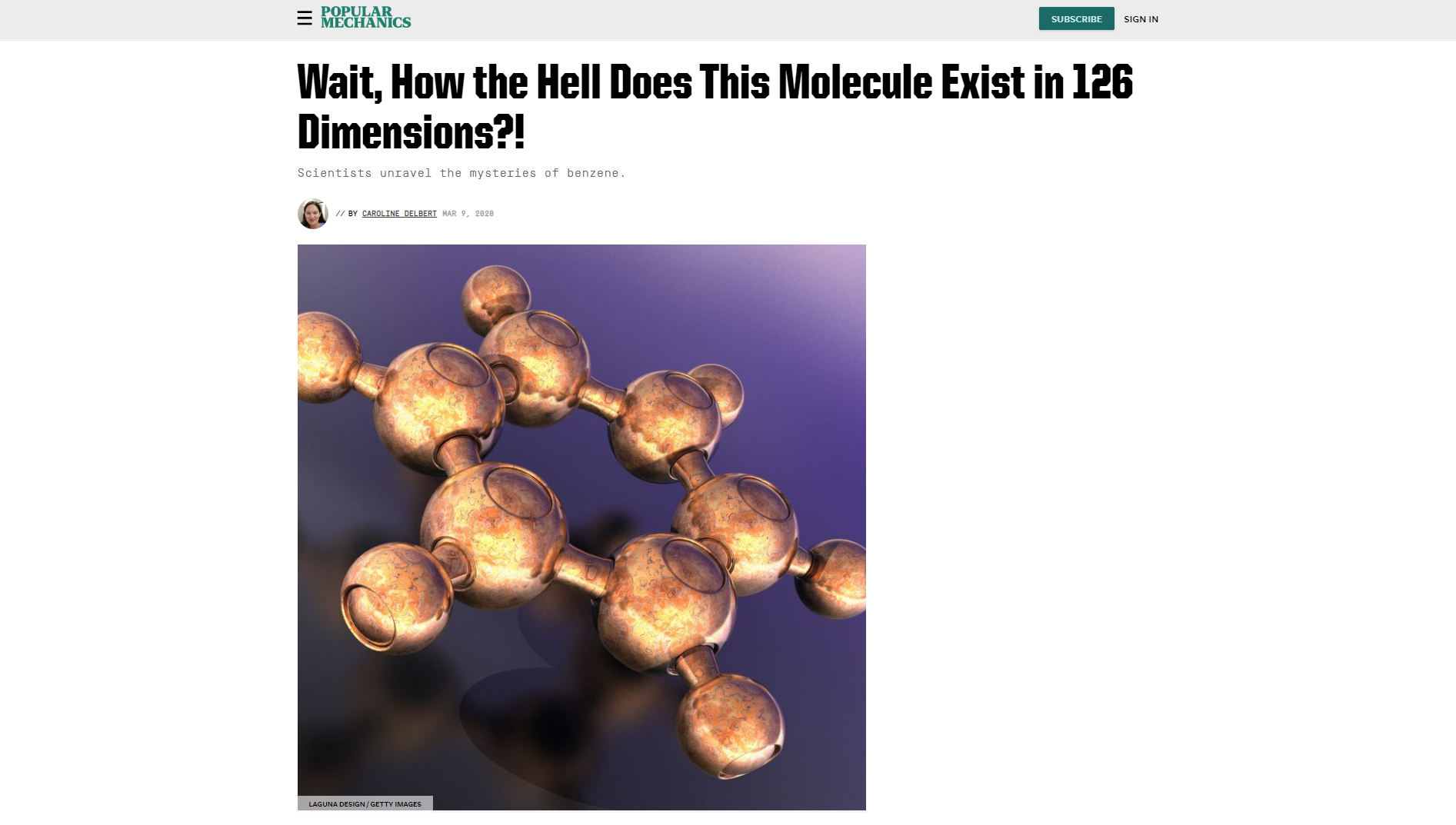
Lifestyle publications, such as Grand Designs Magazine, Architecture and Design and The Architect, took an interest in the Centre’s novel developments and potential applications in building design and construction.

In addition to research news, the Centre also distributed press releases announcing the launch of the Exciton Science Industry Connect Program, securing targeted coverage in relevant trade publications such as Manufacturers’ Monthly and Lab+Life Scientist magazine.

Exciton Science researchers appeared on radio stations 3CR and Triple R, which featured Chief Investigator Jared Cole discussing quantum mechanics in the context of solar energy, and Triple R. The station’s science show, ‘Einstein a Go-Go’, interviewed both Chief Investigator Jacek Jasieniak and PhD candidate Alison Campbell in separate broadcasts.
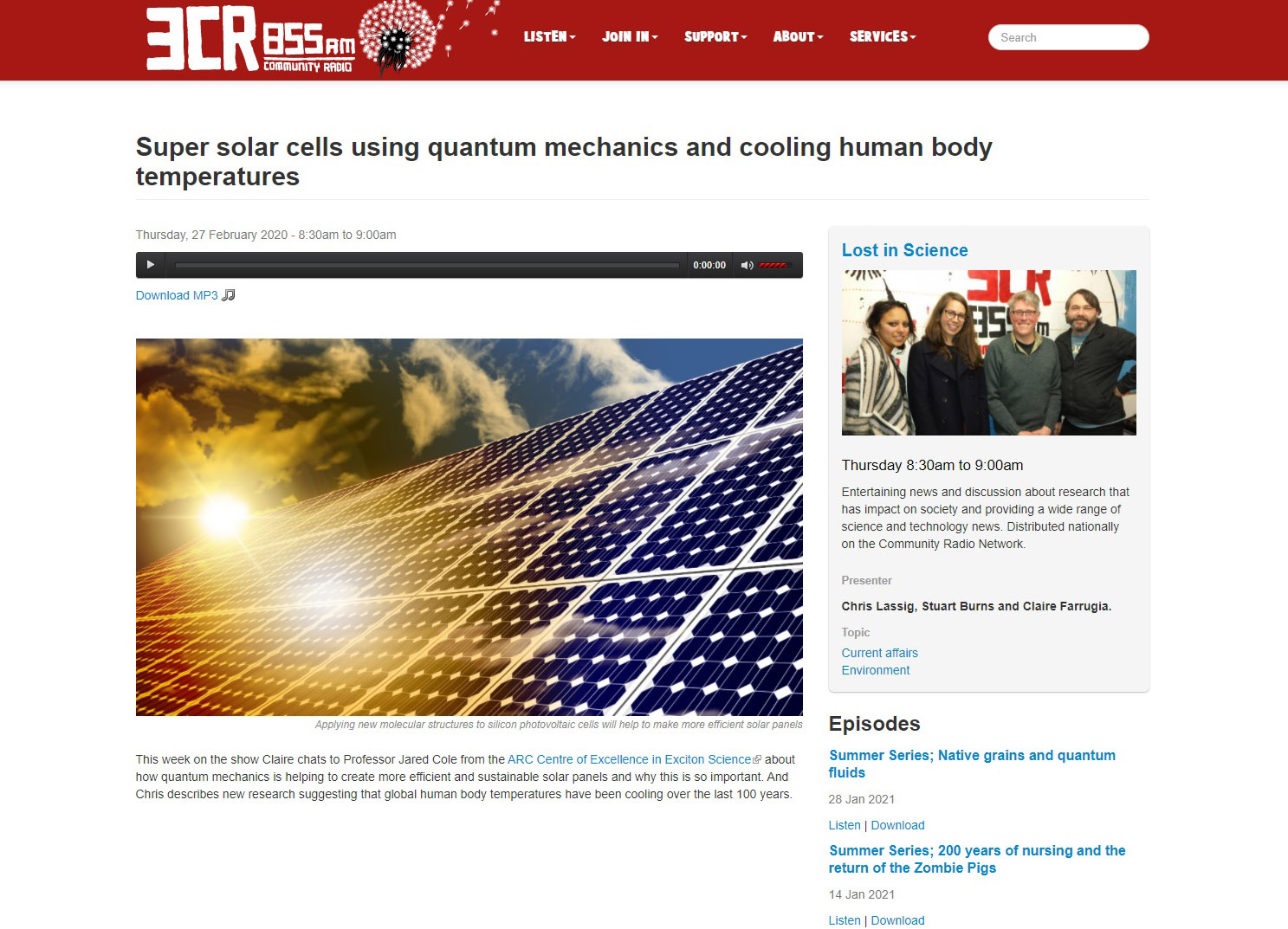

The launch of a series of renewable energy-themed, arcade-style video games, collectively titled ‘It’s on like Exciton!’ for National Science Week was reported by national broadcaster ABC during its kids-focused show ‘Good Game Spawn Point’, representing a major success in bringing this engaging outreach tool to the awareness of one of its target demographics.
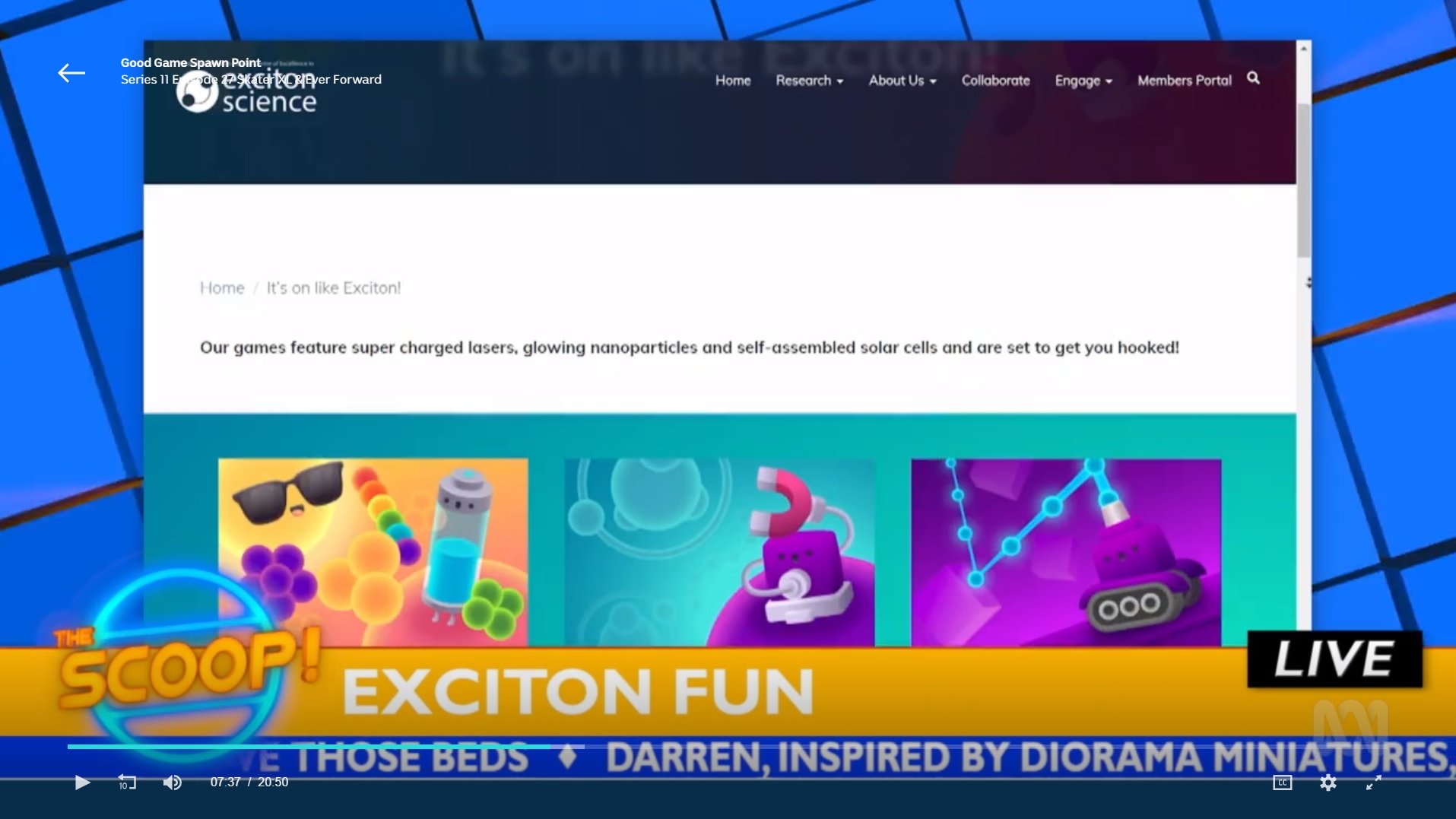
Exciton Science research was publicised by industry partner organisations such as CSIRO, stakeholders the Australian Renewable Energy Agency (ARENA), as well the Australian Research Council and our university partners, including UNSW Sydney and the University of Melbourne.
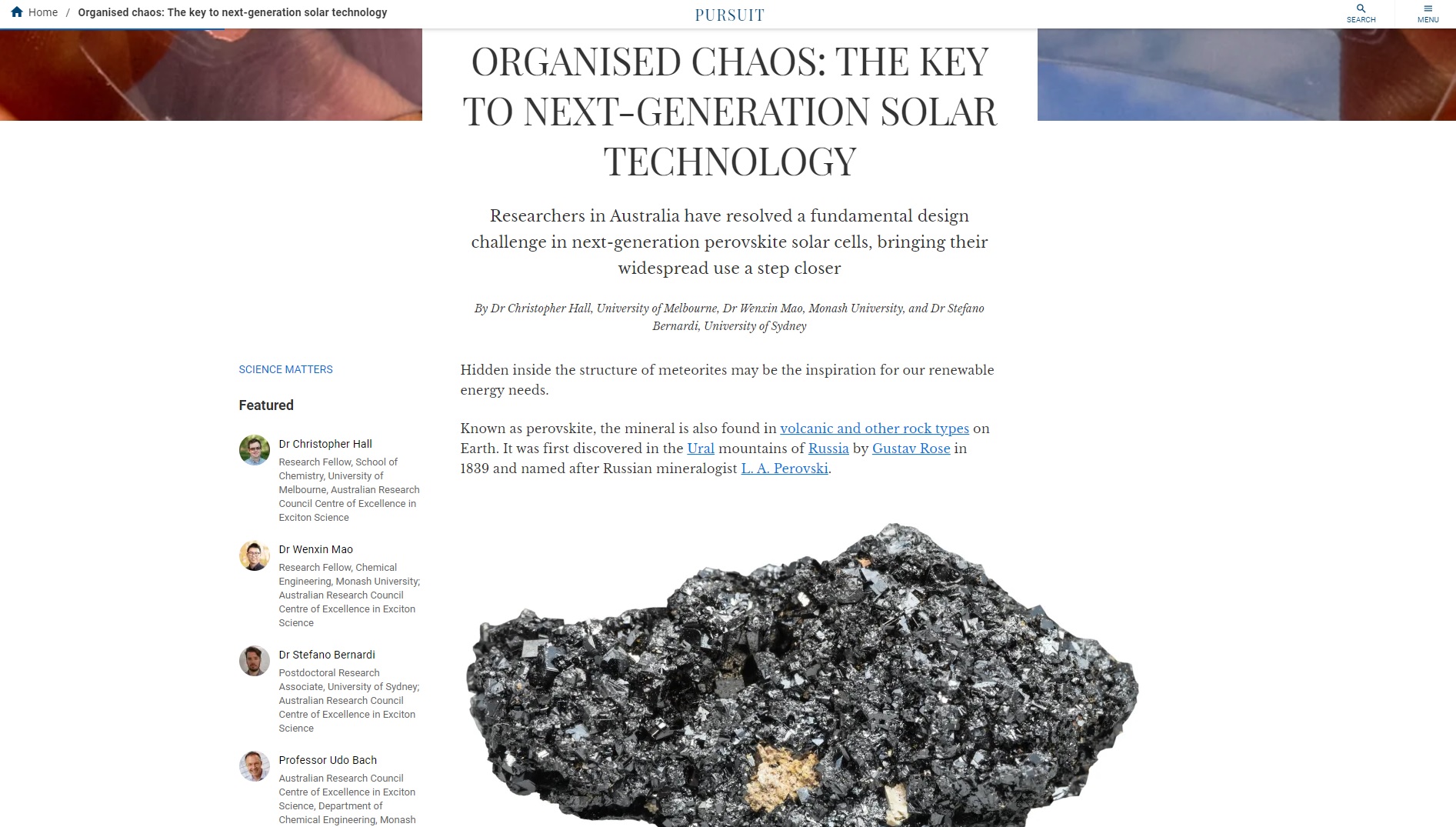
With these highly effective internal processes now well established, the Centre is enthusiastic about the potential to continue achieving significant media coverage of research impact in 2021 and beyond.
The creation of innovative supporting assets using rich media and the cultivation of close working relationships with key outlets, including the Australian Broadcasting Corporation and PV Magazine, may deliver more high-profile and in-depth coverage of the Centre in the months ahead.
The Centre acknowledges the support and guidance provided by Science in Public in establishing best practice and encouraging members to participate actively in research promotion.